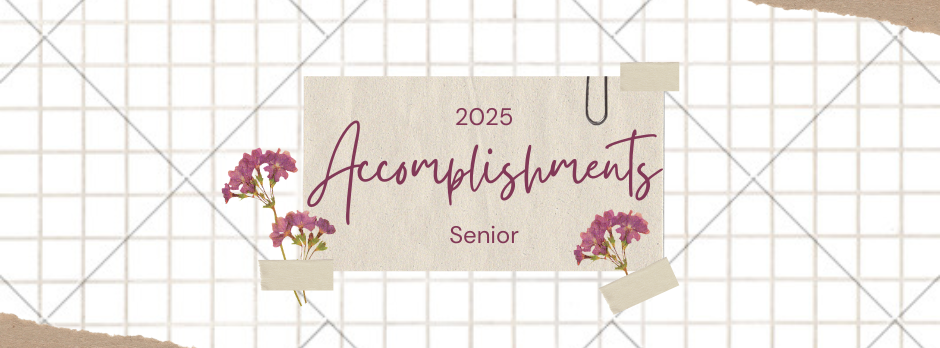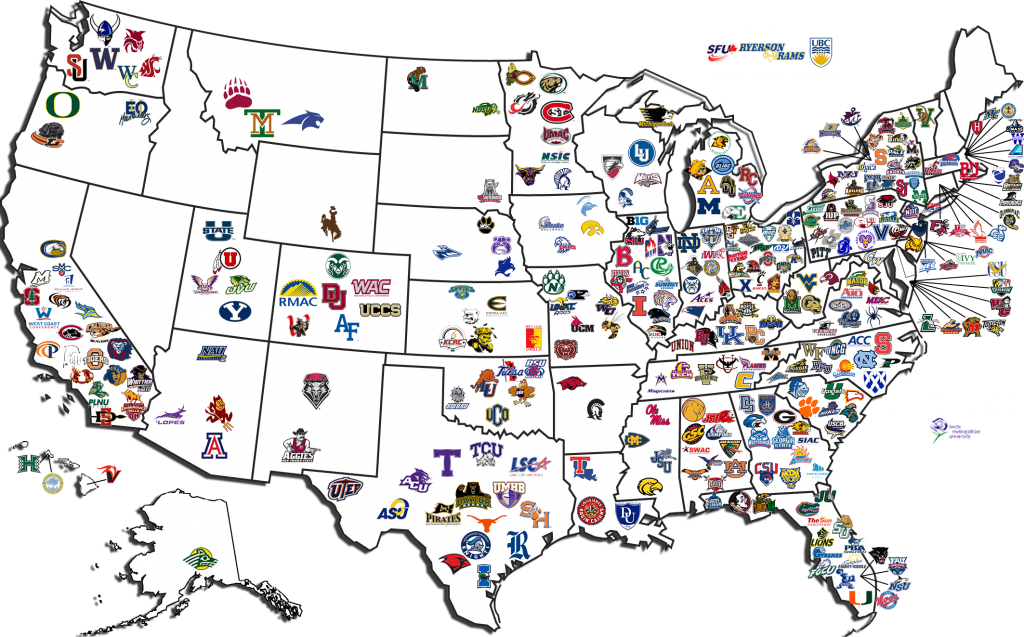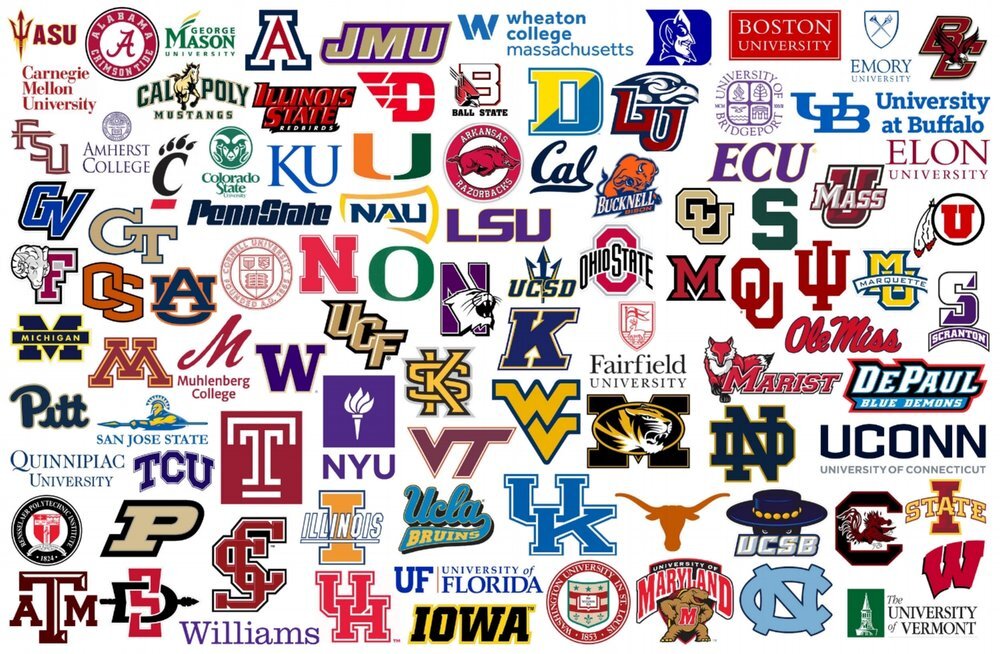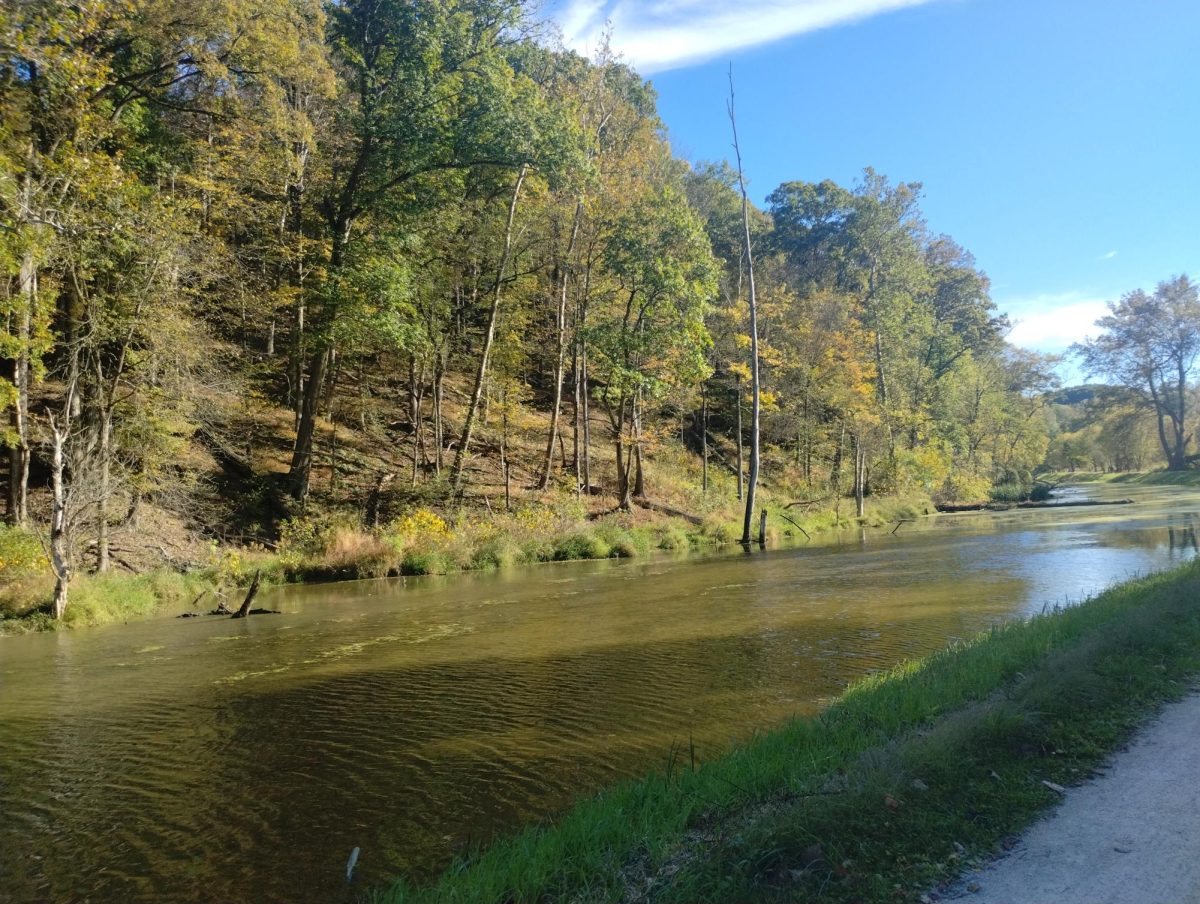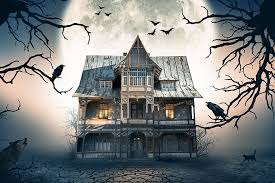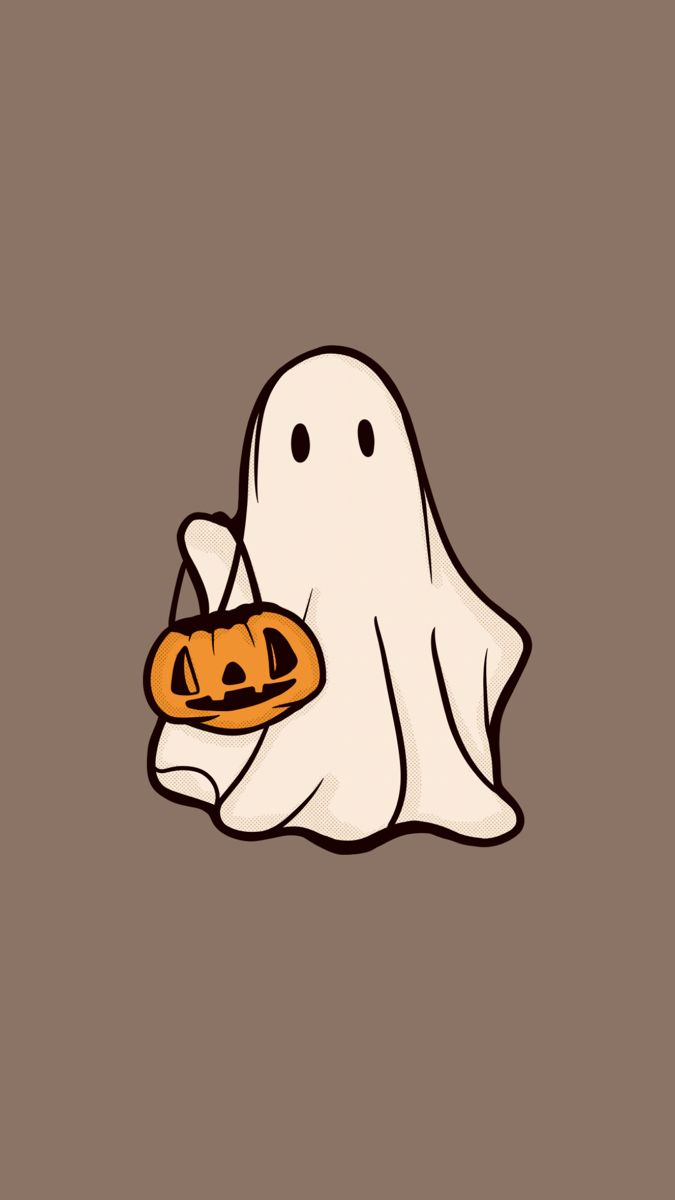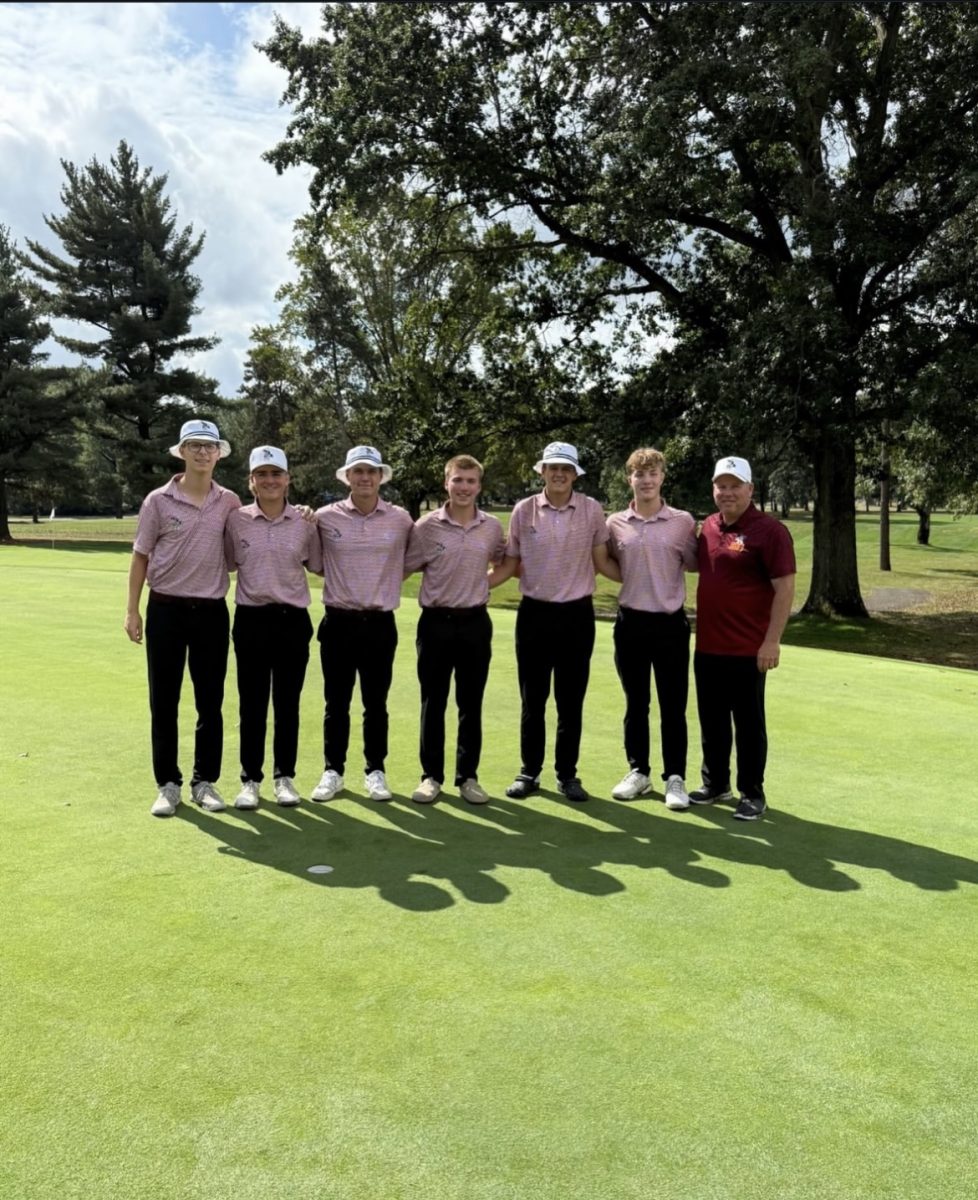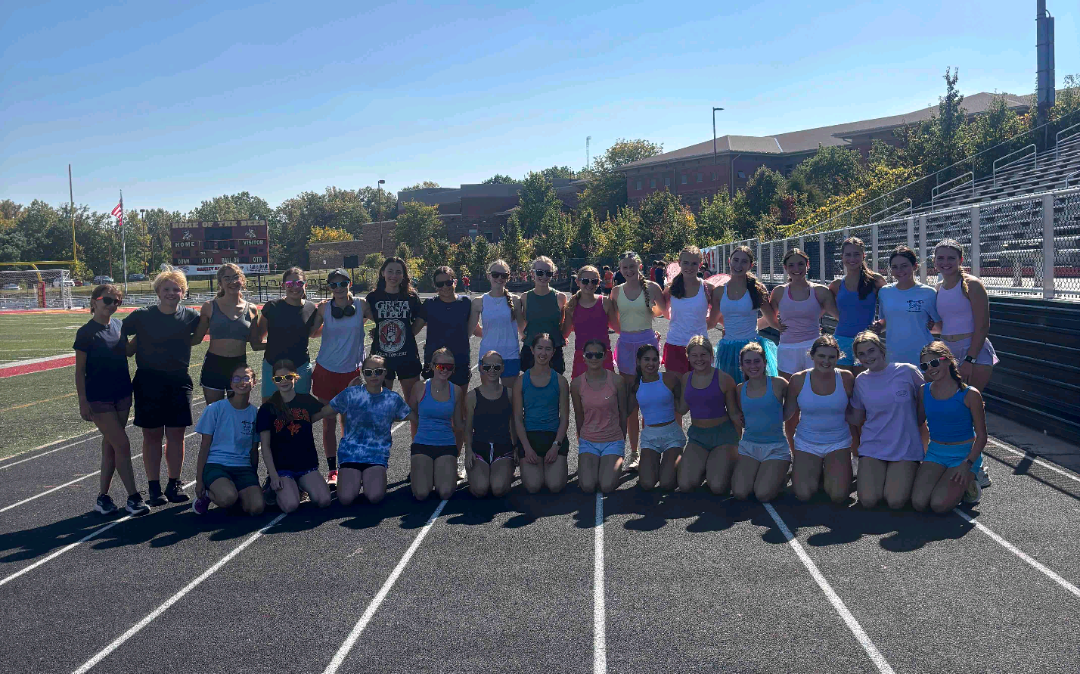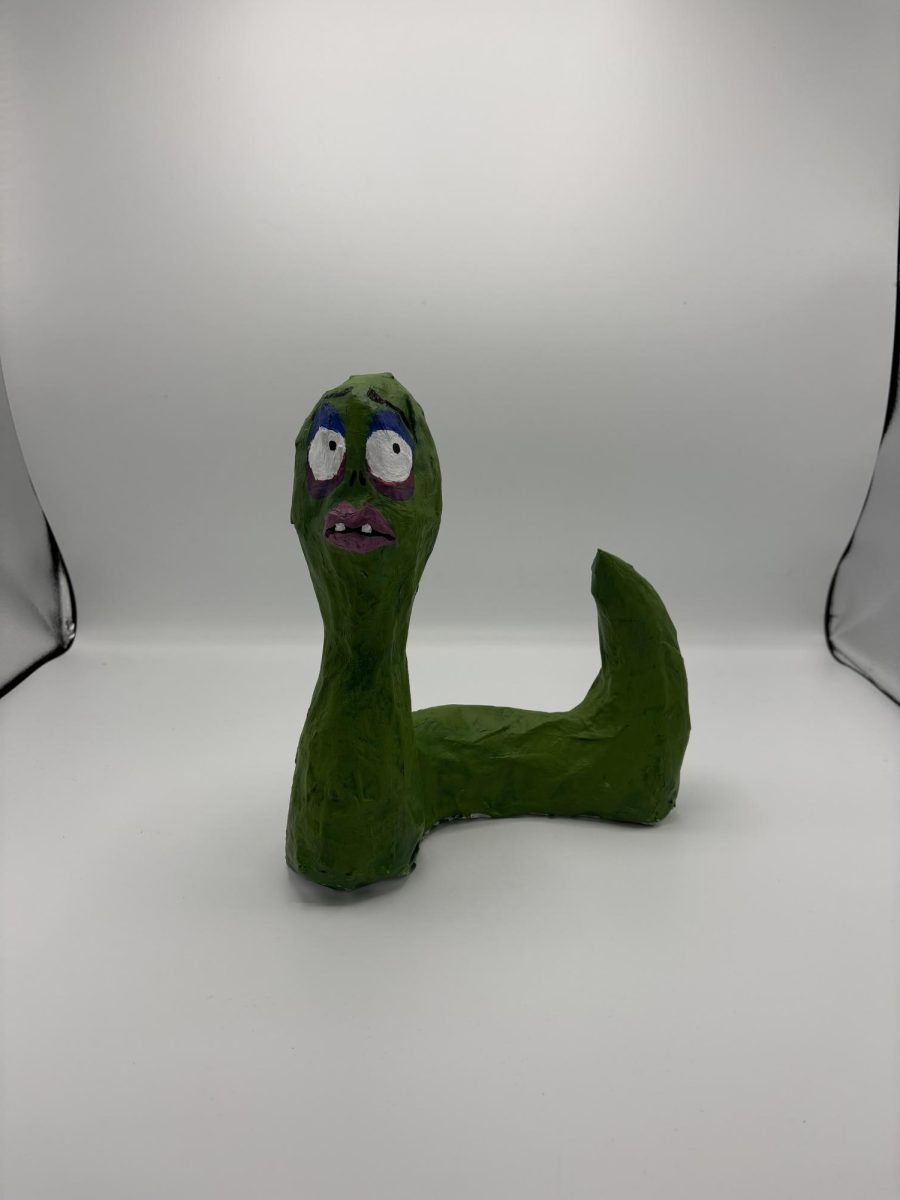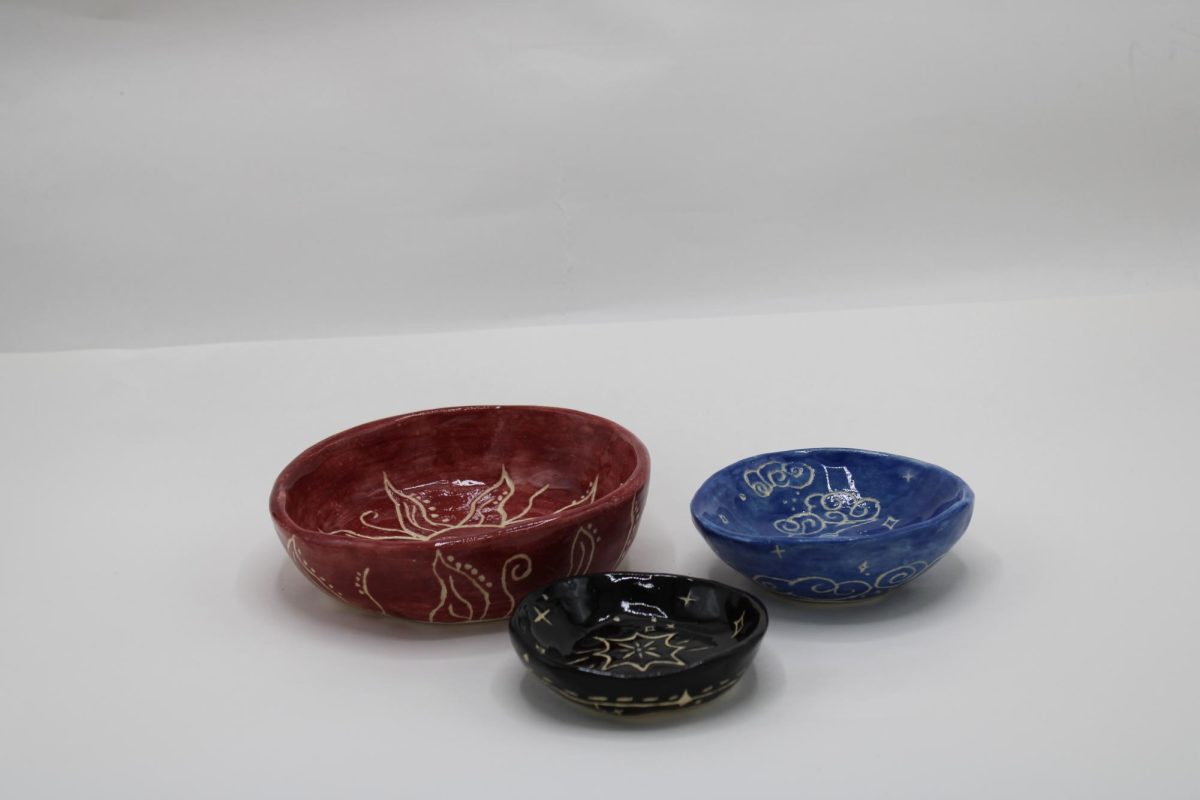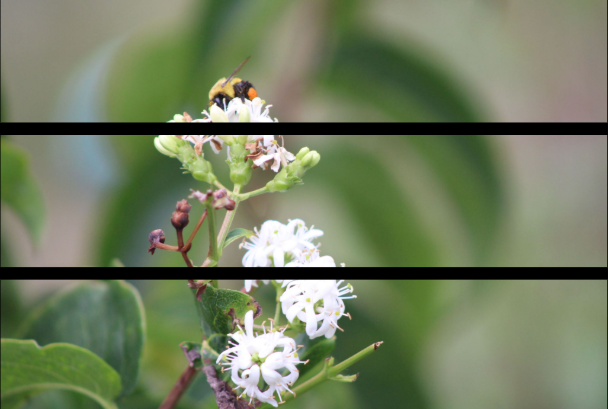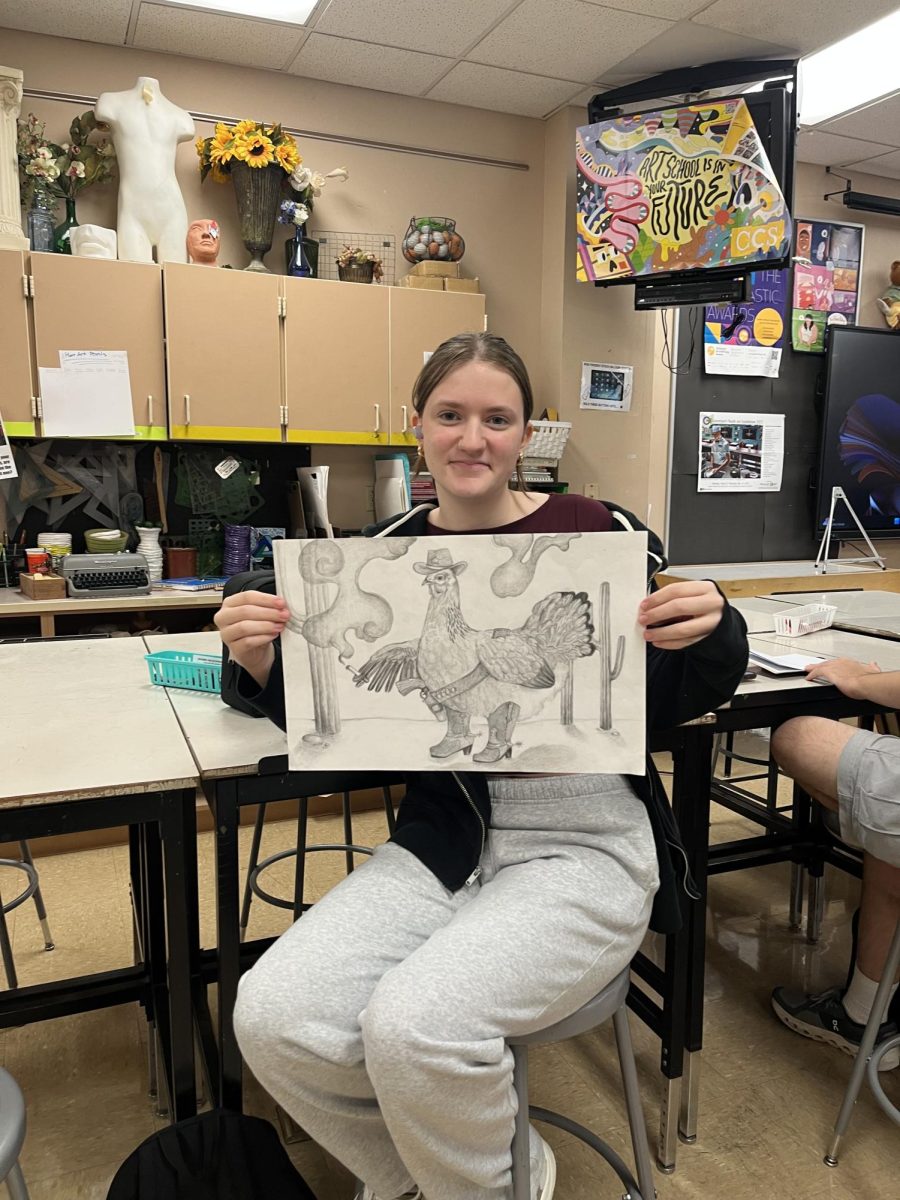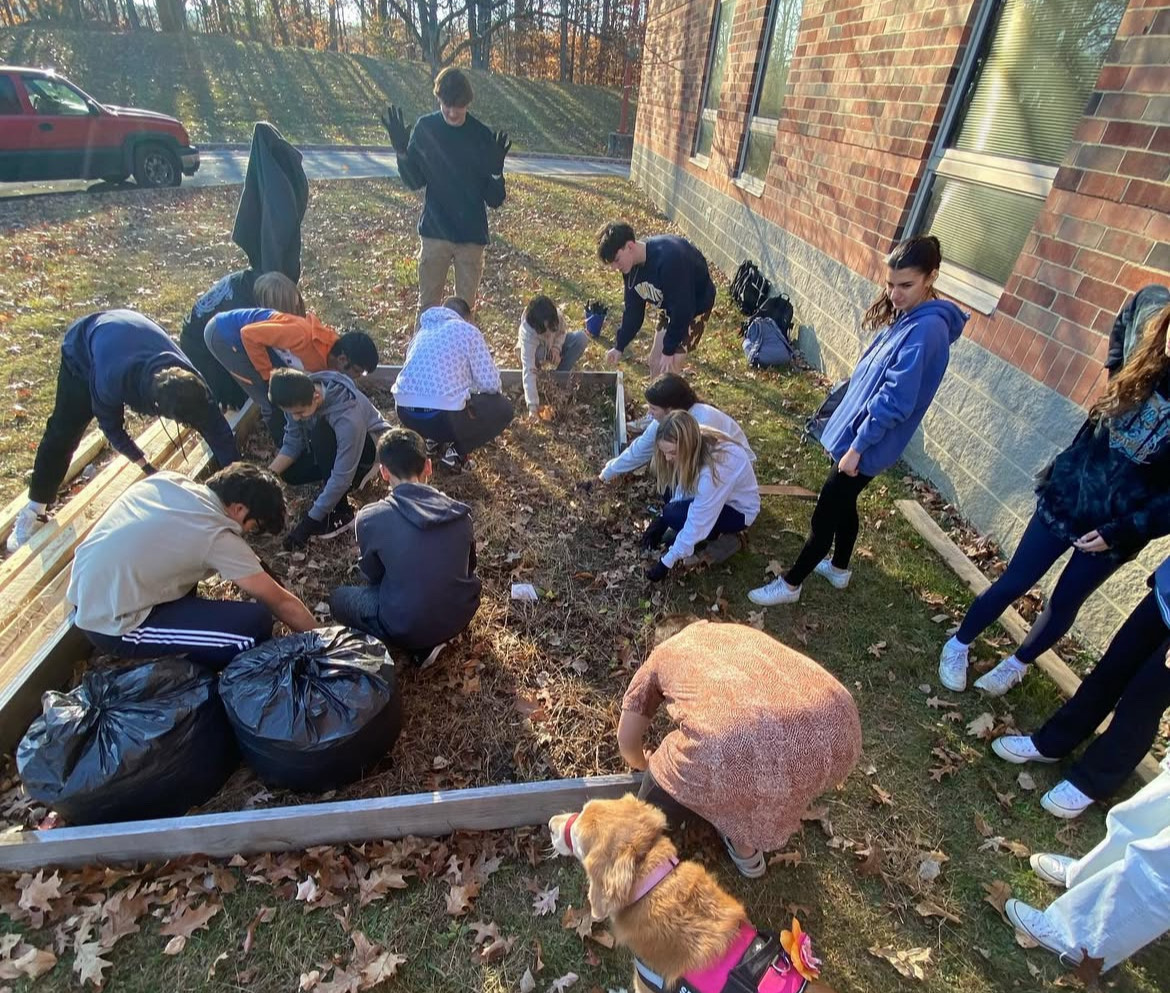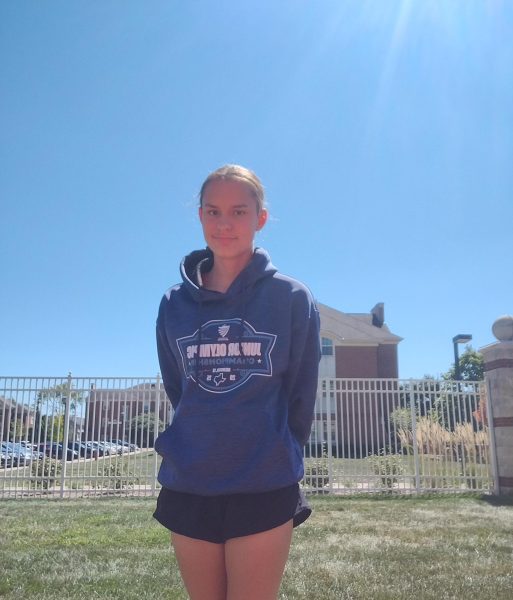As leaves turn and the air becomes crisp, many welcome the fall season, but for millions of people around the world, fall doesn’t just mark the start of Halloween or pumpkin spice, it marks the return of long dreaded allergies. With allergens like ragweed, pollen, and mold, fall allergies can be just as intense as those in the spring.
What are Fall Allergies?
According to the Cleveland Clinic, fall allergies fall under the category of allergic rhinitis, also commonly known as hay fever, like most other seasonal allergies. It is caused by the inhalation of small particles called allergens. Inhaling these small particles can cause your immune system to act up and indicate harmless allergens as malignant.
Symptoms of Fall Allergies
Allergic rhinitis can cause symptoms similar to a common cold, such as:
- Sneezing
- Congestion
- Sinus pressure
- Itchy nose and eyes
- Postnasal drip (that feeling of needing to clear your throat constantly)
What’s Really Causing Your Allergies?
The most common cause of fall allergies, especially in the Midwest and East Coast, is ragweed pollen. Ragweed commonly blooms between mid-August and early November; however, peak blooming season is typically mid-September. Usually ragweed season ends after the first hard frost (28°F or below for an extended period of time, often several hours).
Although ragweed is the most common culprit, it is not the only one. Some others include:
- Mold: lives in damp environments such as, decaying leaves, as well as in bathrooms and basements
- Dust mites: tiny, microscopic bugs that live in household dust, found in carpets, bedding, and furniture
- Tree pollen: trees, like maple and oak, release pollen in autumn
Tips and Tricks To Manage Your Fall Allergies
There are many things you can do to keep your allergies at bay. “You can relieve hay fever symptoms by avoiding irritants as much as possible.” says the Cleveland Clinic.
You can also reduce your symptoms by:
- Keeping windows and doors closed: By keeping your windows and doors closed it reduces the chance of pollen entering your home, and try to use your home’s air conditioning or heating system (depending on weather conditions).
- Using air purifiers: Air purifiers work by drawing in air through a filter and passing out clean air, catching any of those pesky airborne allergens.
- Wearing a mask: Just like using an air purifier, wearing a mask can help to prevent the inhalation of airborne particles like pollen and mold spores.
- Changing your clothes: Pollen loves to settle on clothes so by changing your clothes often it reduces your contact of fall allergens.
According to the Cleveland Clinic, “They [antihistamines] work by blocking the histamines that your body releases during an allergic response. They come as pills, liquids, eye drops, nasal sprays, and inhalers.” You can use certain antihistamines like Loratadine (Claritin), Levocetirizine (Xyzal), or
Antihistamines are not the only way to manage your allergies, you can also be prescribed immunotherapy, or allergy shots, by your doctor if over the counter options aren’t keeping your symptoms under wraps. Mayo Clinic explains, “These can help your body become desensitized to allergens.”
In conclusion, there is no way to fully cure fall allergies, but you can take steps to improve the symptoms by knowing the symptoms, minimizing contact with common fall allergens, and taking effective medication.

